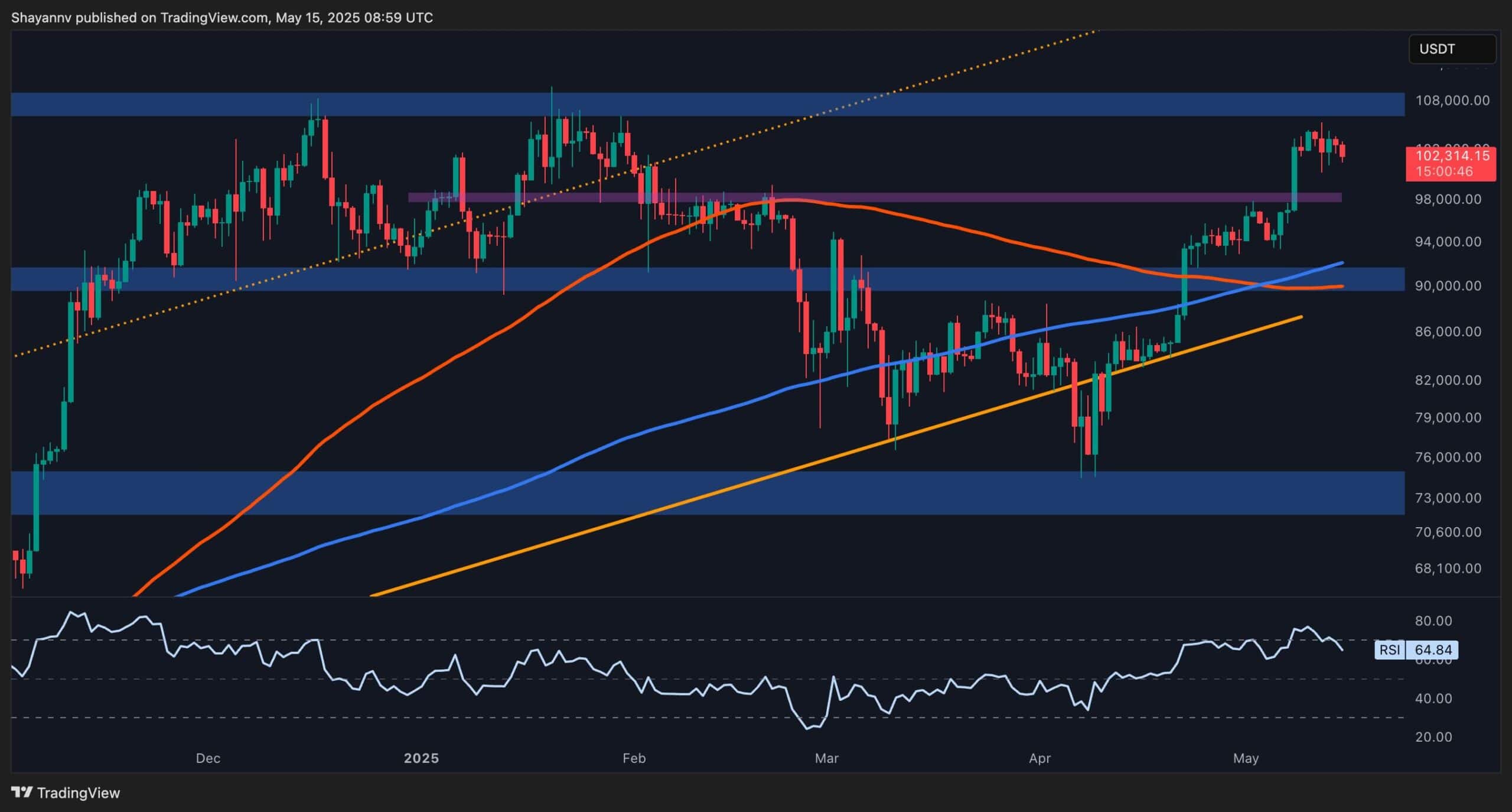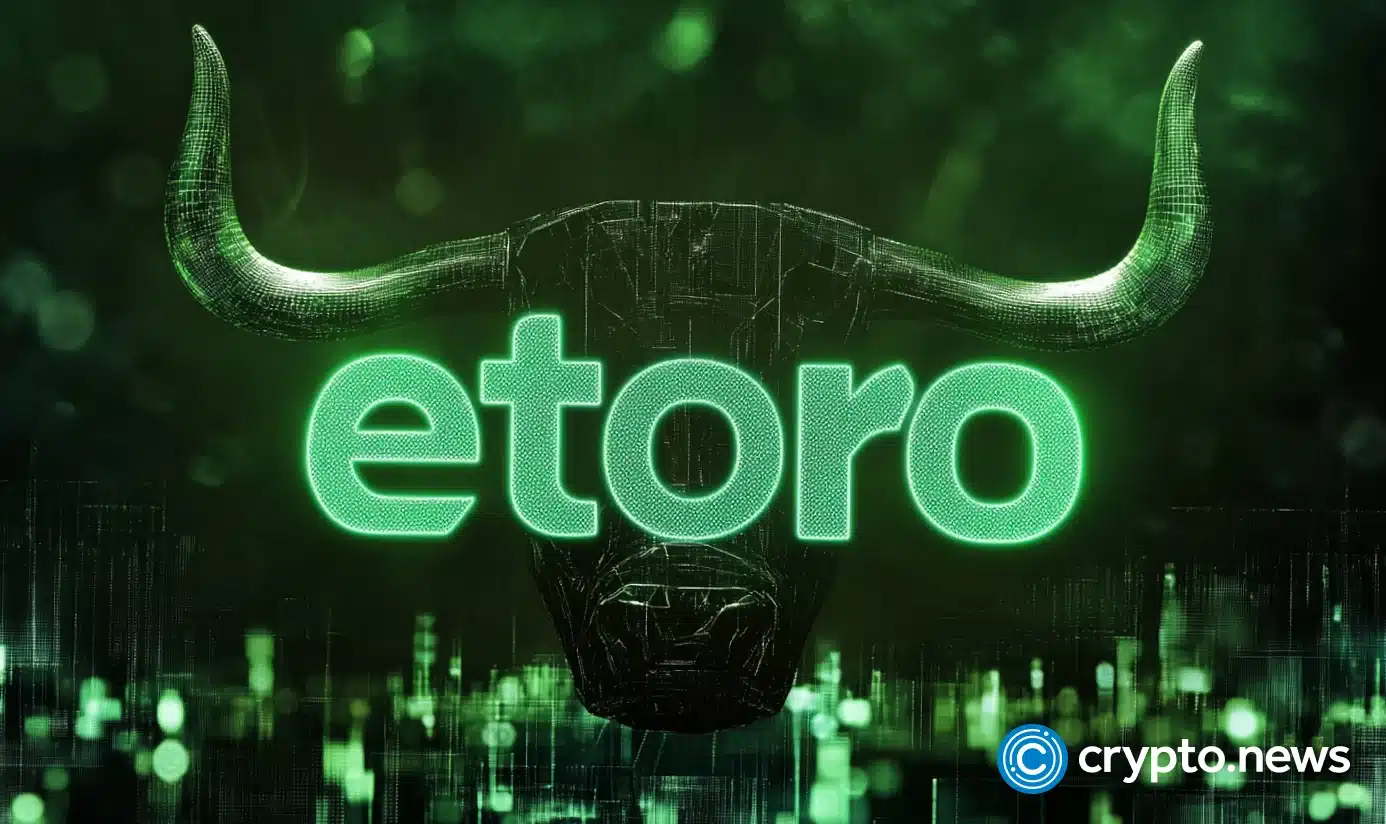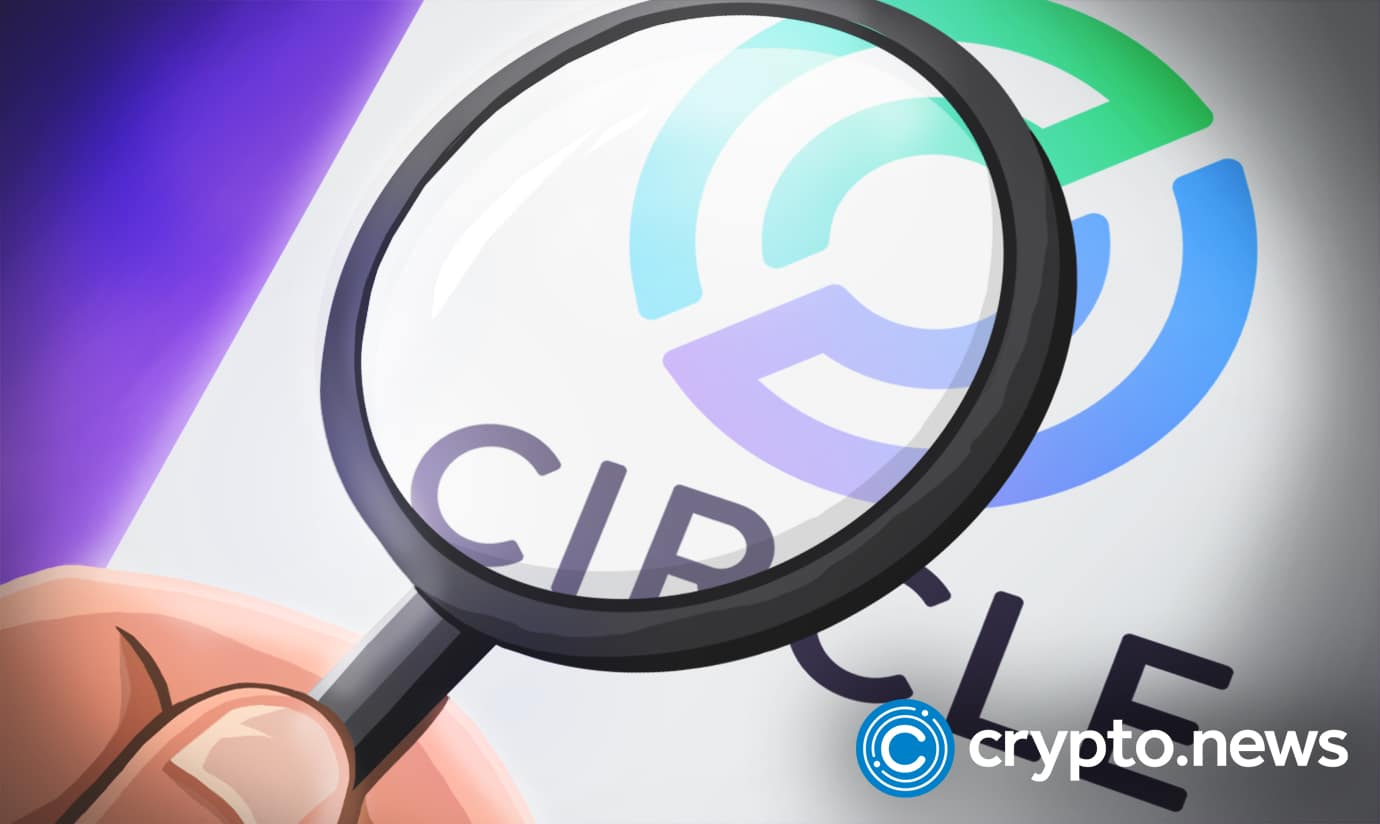As digital infrastructure—public Wi-Fi, cloud storage, Internet of Things (IoT) devices—becomes ubiquitous, the need for seamless, low-cost payment systems grows. BSV, with its ultra-low transaction fees and high throughput, is uniquely positioned to create micropayment ecosystems for pay-per-use digital infrastructure. From incentivizing decentralized computing networks to enabling real-time payments for smart meters, BSV offers a scalable, secure framework that traditional payment systems cannot match.
This article explores how BSV addresses the monetization challenges of digital infrastructure and its potential to reshape how we access and pay for digital services.
The micropayment gap in digital infrastructure
Digital infrastructure relies on microtransactions to monetize usage, but traditional payment systems like credit cards or bank transfers are too costly for small-value transactions. For example, charging $0.01 for a minute of public Wi-Fi incurs processing fees that exceed the revenue. This gap stifles innovation in pay-per-use models, from decentralized cloud storage to IoT-enabled smart cities. So, how do we make cents viable?
Blockchain-based micropayments offer a solution, but most blockchains are ill-suited for high-frequency, low-value transactions. Ethereum’s high gas fees and BTC’s limited throughput make them impractical for infrastructure-scale use. BSV, with its scalable architecture and near-zero fees, fills this niche, enabling a new era of pay-per-use digital services.
BSV’s technical strengths for micropayments
The BSV blockchain is built for scale. Its unbounded block size supports 1,000,000 transactions per second (TPS), as demonstrated by Teranode, making it capable of handling billions of microtransactions daily. Transaction fees, often below $0.00011, allow providers to charge fractions of a cent without losing profitability. BSV’s Simplified Payment Verification (SPV) enables lightweight clients, such as IoT devices, to process payments efficiently, reducing hardware requirements.
BSV’s smart contracts add flexibility to micropayment ecosystems. Providers can automate billing based on usage—such as data consumed or application programming interface (API) calls—while ensuring transparency through the immutable ledger. For instance, a smart contract could release payment only when a Wi-Fi session is verified, preventing disputes. BSV’s scalability of micropayments would likely create a wave of new business models.
Niche applications: Monetizing infrastructure
BSV’s micropayment capabilities enable innovative use cases. Public Wi-Fi networks, often free or ad-supported, could adopt pay-per-use models, with users paying $0.001 per megabyte via BSV wallets like HandCash. Decentralized computing networks, similar to Filecoin, could use BSV to incentivize nodes with micropayments for CPU cycles or storage, creating a global marketplace for compute resources.
IoT devices, such as smart meters or electric vehicle chargers, benefit from BSV’s real-time payment capabilities. A smart meter could charge $0.01 per kilowatt-hour, settling payments instantly on-chain. This reduces billing overhead and enables dynamic pricing. BSV’s low costs also make it viable for niche APIs, where developers pay per query, fostering innovation in data-driven services.
The future: A micropayment-driven economy
BSV’s potential to monetize digital infrastructure is gaining traction. Platforms are building micropayment frameworks, while the BSV Association (BSVA) promotes adoption in IoT and smart city projects. As digital infrastructure expands, with the global IoT spending projected to hit $1.1 trillion by 2028—BSV’s scalable, low-cost payments could become a standard.
Challenges include user adoption and integration with existing systems. However, BSV’s regulation-friendly design and growing ecosystem position it for success. By enabling pay-per-use models, BSV could transform how we access digital services, from Wi-Fi to cloud computing.
Conclusion
BSV’s ultra-low fees, high throughput, and smart contract capabilities make it a powerhouse for micropayment ecosystems in digital infrastructure. Its ability to monetize public Wi-Fi, decentralized computing, and IoT devices unlocks new business models and fosters innovation. As the demand for seamless, low-cost payments grows, BSV stands ready to redefine how we pay for digital services, proving that micropayments can drive the next wave of digital transformation.
Watch: Peer-to-peer electronic cash system—that’s micropayments
















 English (US) ·
English (US) ·